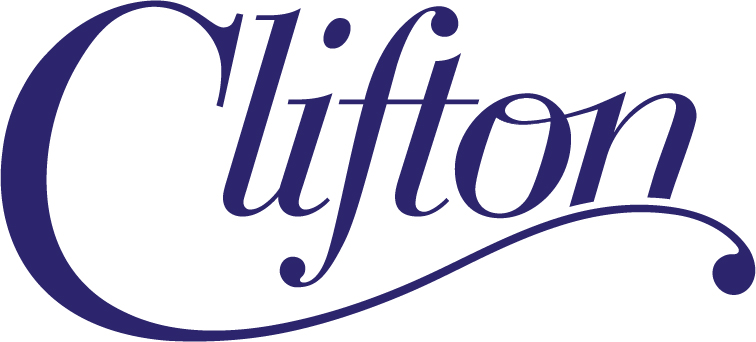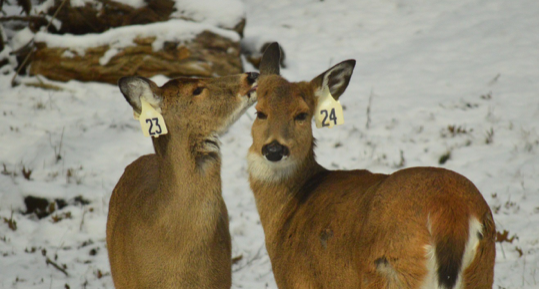Deer Project: Year 2
The Clifton deer sterilization project ended its second year of field operations on January 19th with ten new does sterilized, bringing our total to 51, and a bunch of soggy volunteers.
Three nights of operations were originally scheduled for early December but had to be postponed to mid-January because a bumper crop of acorns—deer’s favorite food—reduced the draw of the corn baited sites where darters planned to capture remaining untagged does. A fourth night was added when rain twice forced early termination of activities (unconscious deer are at higher risk of hypothermia when they get wet). Mother Nature rules!
A second year field camera population survey is now underway and will soon provide the first empirical data on migration patterns and population numbers and characteristics. One thing we already know is that 41 sterilized does this year did not add new fawns to the population. We also know that all of last year’s tagged does have been seen over the last year in locations close to where they were first darted allowing cautious optimism that the premise of the program and the hypothesis of the study—that does tend to stay in one area, could prove to be true. Close study of the camera photos will also help determine how many new does might have moved into the area.
In addition to the local news coverage you might have seen, the Discovery Channel was here this year filming and interviewing for a national program. Media interest is a good news/bad news situation. While we’re glad and even eager to share what we’re doing and learning, additional observers add more moving parts to an already intense and complex operation. Fortunately, all reporters have been understanding and cooperative for which we sincerely thank them.
Costs of operations this year were around $20,000, about half of last year’s. New volunteer veterinarian surgeons were trained, as was a capture specialist, providing progress toward the goal of developing local expertise that might one day take over the jobs now performed by consultants and greatly reduce ongoing program costs. In the meantime, we are very grateful to the Animal Welfare Institute, The Kenneth A. Scott Charitable Trust, a KeyBank Trust, our friend Karyn who gave up her house for a week to the out of town consultants, and to our friends and neighbors whose donations made this year’s work possible.
Finally, observations from neighbors are still valuable. Reports of tagged deer seen outside the study area (bounded by Clifton Ave, I-75, and Ludlow Ave.) are particularly important. Sightings of tagged deer inside the study area, especially of the newly sterilized does–#42 through #52, help us monitor the health and condition of our sterilized animals. And reports of untagged does within the area will help us locate the remaining unsterilized does next year (though bucks are now dropping their antlers making them and young antlerless bucks hard to distinguish from does). Sightings can be reported on the cliftondeer.org website at “report tagged deer.”
It is a pretty good bet that any time you see Doe #24, aged 4.5 years, Doe #23, aged 3.5 years, isn’t far behind. The twosome was spayed together in December 2015 and their bond remains strong to this day. Photo credit: Mark Easterling


